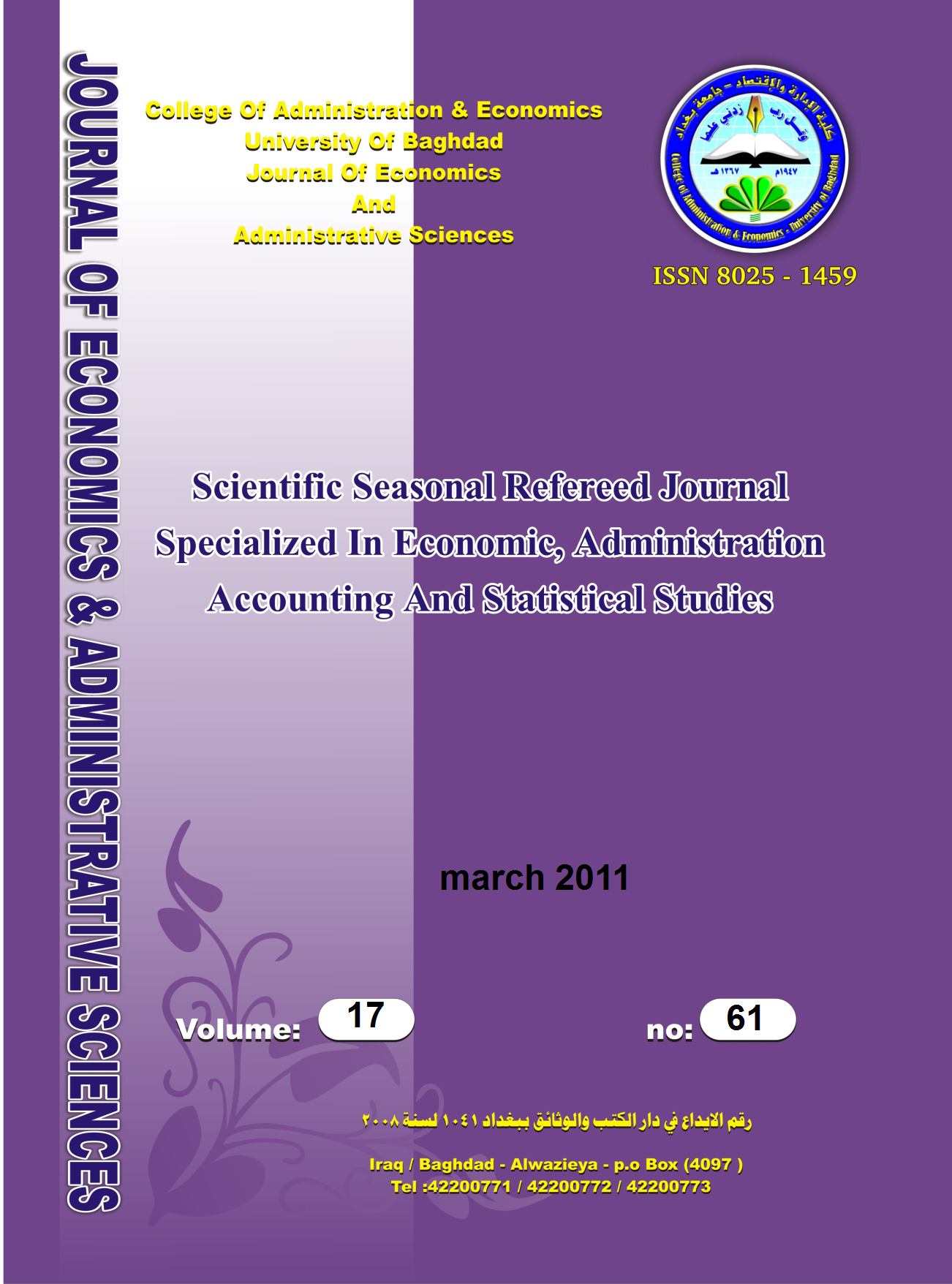Developing and Sustaining a Multilevel Competitive Learning Organization – A Behavioral and Cognitive Approach
DOI:
https://doi.org/10.33095/jeas.v17i61.1078Abstract
To maintain a sustained competitive position in the contemporary environment of knowledge economy, organizations as an open social systems must have an ability to learn and know how to adapt to rapid changes in a proper fashion so that organizational objectives will be achieved efficiently and effectively. A multilevel approach is adopted proposing that organizational learning suffers from the lack of interest about the strategic competitive performance of the organization. This remains implicit almost in all models of organizational learning and there is little focus on how learning organizations achieve sustainable competitive advantage . A dynamic model that captures the strategic nature of organizational learning is the competitive learning organization . This type of organizations approach sustainable competitive learning by reshaping their strategy, structure, and culture for growth to be attained continuously at the individual and groups(micro), integrative network (meso), organization and interorganizational (macro) levels .Learning by itself is not enough to attain a sustainable competitive advantage. Rather, the most important thing is that how best to focus the learning on the most prominent forces resulted from changes and fluctuations in the competitive environment .
Downloads
Published
Issue
Section
License
Articles submitted to the journal should not have been published before in their current or substantially similar form or be under consideration for publication with another journal. Please see JEAS originality guidelines for details. Use this in conjunction with the points below about references, before submission i.e. always attribute clearly using either indented text or quote marks as well as making use of the preferred Harvard style of formatting. Authors submitting articles for publication warrant that the work is not an infringement of any existing copyright and will indemnify the publisher against any breach of such warranty. For ease of dissemination and to ensure proper policing of use, papers and contributions become the legal copyright of the publisher unless otherwise agreed.
The editor may make use of Turtitin software for checking the originality of submissions received.


























